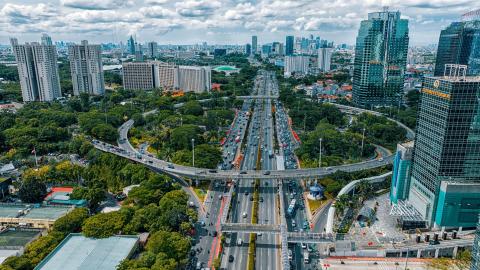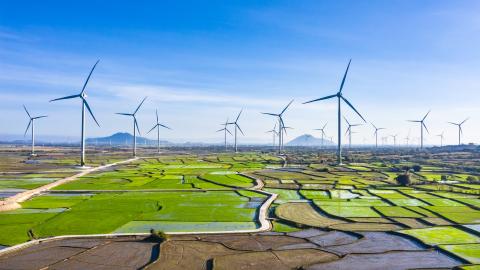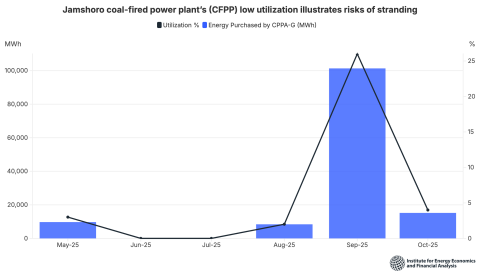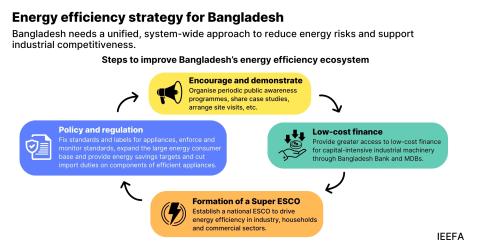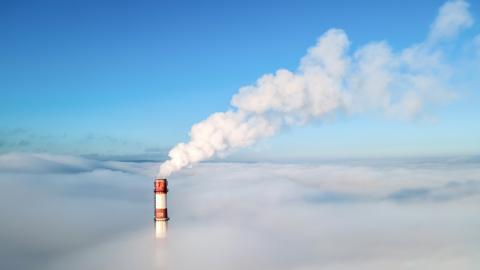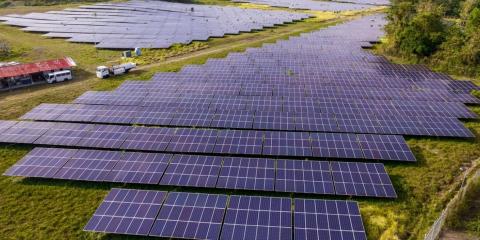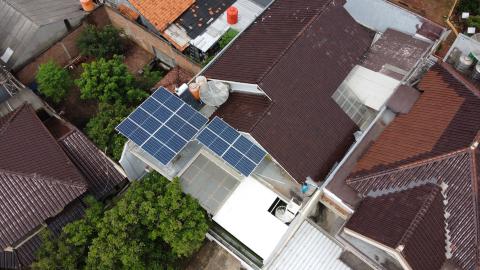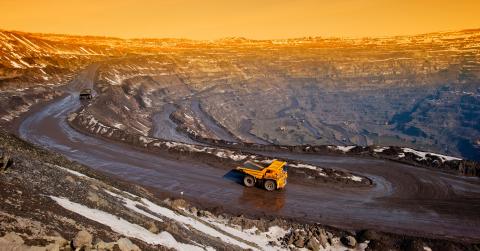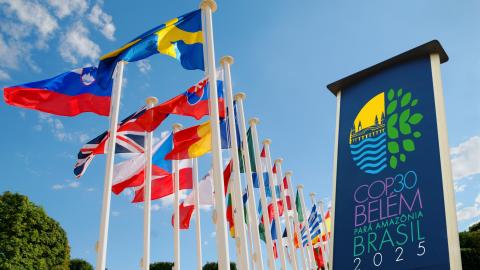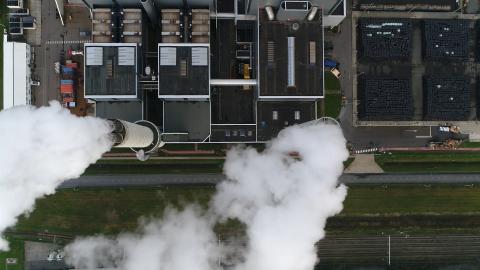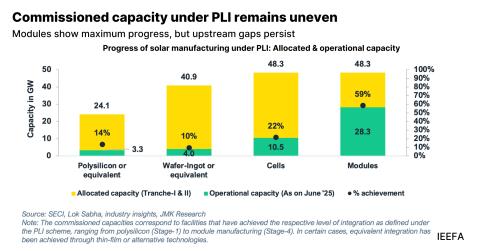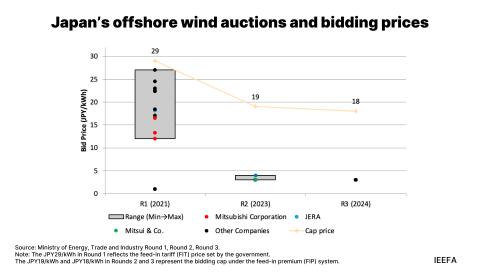Glencore’s methane risks a concern for shareholders serious about reducing Scope 1 emissions
Download Briefing Note
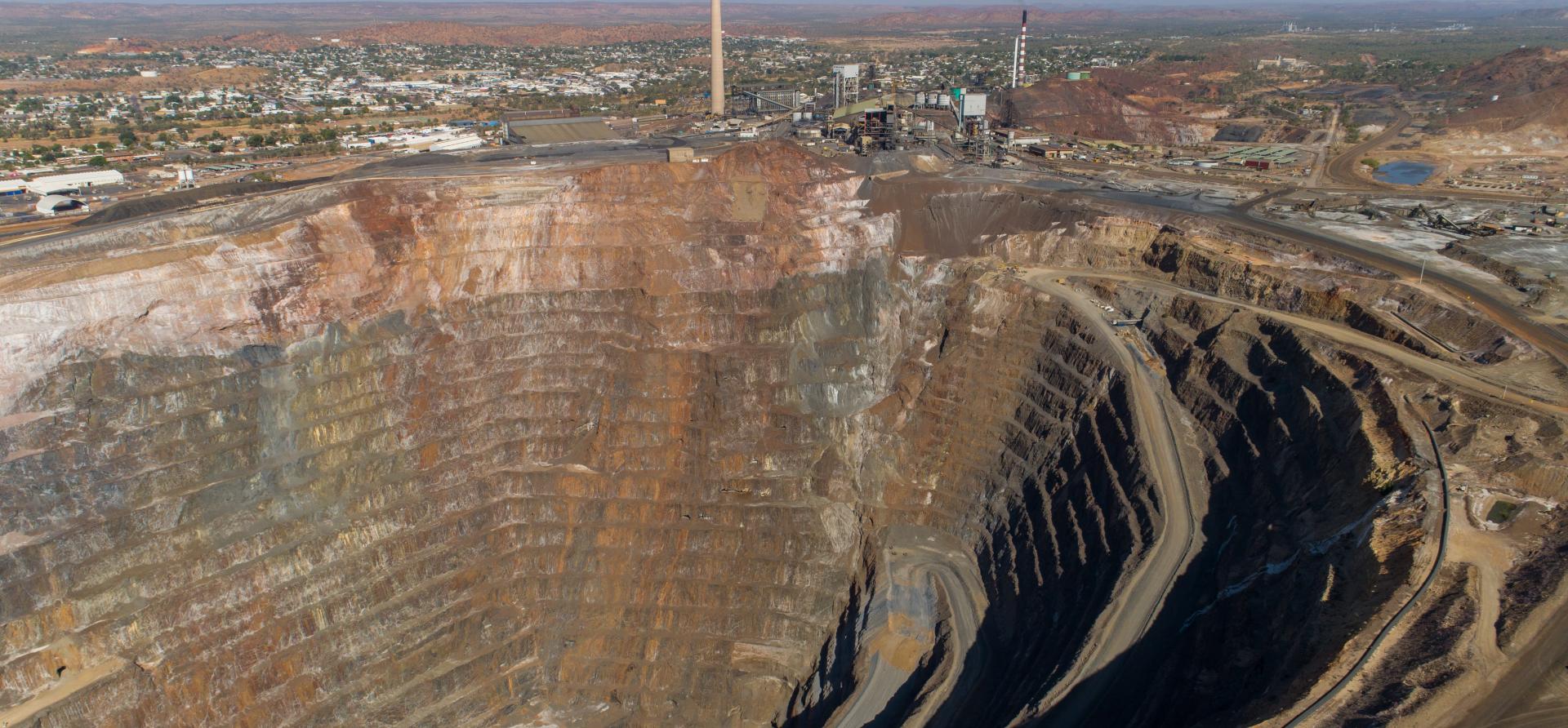
Key Findings
Methane emissions at open-cut coalmines in Australia may be significantly underreported, posing financial, regulatory and reputational risks for companies such as Glencore.
IEEFA has not found any public statements from Glencore to suggest it has undertaken structural methane abatement action at its open-cut mines, despite other Australian coal producers beginning to trial available technologies.
Rising reliance on carbon offsets could cost Glencore up to US$492 million annually by 2050 if additional emissions abatement action isn’t implemented.
Multiple studies indicate methane drainage at open-cut coalmines in Australia could present net economic benefits to coalmining companies, such as Glencore.
This analysis is for information and educational purposes only and is not intended to be read as investment advice. Please click here to read our full disclaimer.
Methane emissions represent a potentially overlooked risk in Glencore’s decarbonisation pathway, raising important considerations for investors looking to accurately assess the company’s climate exposure.
While Glencore remains one of the world’s largest thermal coal producers, its predominantly open-cut Australian coalmines may be emitting significantly more methane than currently reported. A recent study by UNSW researchers for the UN Environment Programme suggests methane emissions from Glencore’s Hail Creek mine could be three to eight times higher than disclosed.
Despite methane’s potent climate impact, Glencore has announced implementation of structural methane abatement only at some of its Australian underground coalmines. Glencore has made no public statements confirming structural abatement action at its open-cut coalmines, which account for 86%-93% of its Australian coal production, even as smaller Australian miners have begun trialling methane reduction technologies. The company’s continued reliance on lower-order emissions estimation methods and its lack of independent verification – for example through satellite or aerial monitoring – may result in underreporting and increased regulatory risk in the future.
IEEFA’s analysis also projects that, in the absence of further abatement or production cuts, Glencore could face carbon offset costs of up to US$492 million annually by 2050 under Australia’s Safeguard Mechanism. This rising cost exposure could impact Glencore’s profitability over time, particularly if competitors take more proactive steps to reduce methane emissions.
Investors evaluating climate-related risks in their portfolios should be aware that methane plays a significant role in determining a company’s true decarbonisation exposure. Glencore’s current lack of open-cut methane abatement could increase reliance on carbon offsets.
Glencore has stated that net zero by 2050 is an “ambition” rather than a target, and that its emissions reduction achievements will be limited by many factors outside its control. However, IEEFA’s analysis highlights that other Australian coal companies are already trialling methane abatement at open-cut operations, some supported by Australian government funding.
IEEFA’s analysis concludes that Glencore’s expansion plans, combined with its limited structural abatement action on methane, raise serious questions about the credibility and financial sustainability of its climate strategy. In IEEFA’s view, investors may wish to consider how these factors align with their expectations and investment frameworks.


